Vegetable Noodle Lo Mein
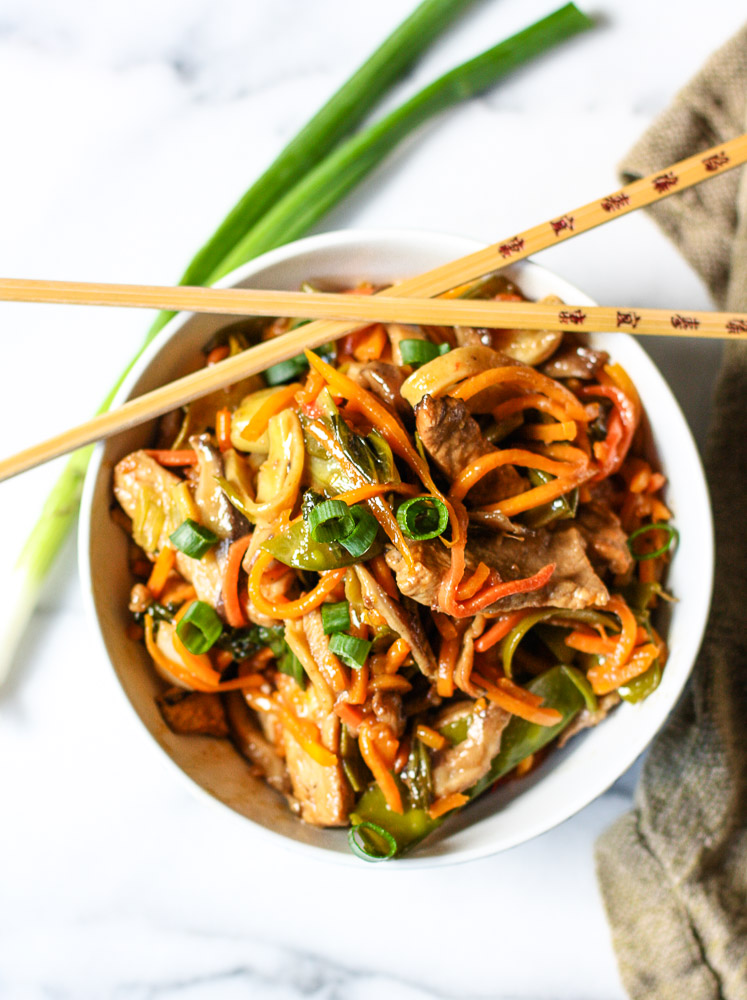
I think vegetable noodles — of all kinds — are the new kale. Remember last year when kale was everywhere and in everything in every form? This year it’s veggie noodles. There are sweet potato noodles, zucchini noodles, squash noodles, beet noodles, carrot noodles and every other type of vegetable noodles you can imagine. To me, this is a great development. I can’t even look at a pasta recipe without mentally replacing the pasta with some type of veggie noodle or faux pasta. And I LOVE pasta… so my grain-free self is very happy. And, this vegetable noodle lo mein is the perfect recipe to try out your favorite type of veggie noodle. You can even mix it up and use a few different kinds here.
Confession time. My all-time favorite thing to do when I’m home alone for dinner is to order way too much Chinese food, sit on the floor, and eat it in front of the TV. I don’t mean I order a few too many containers. I mean I surround myself with a ton of white containers. I dig in with chopsticks — plates are forbidden — and I chow down.
And then I feel disgusting.
And bloated.
And a little sick.
But, wow, do the noodles and egg foo young taste so good going down…
But only on those rare occasions when I forget how sick I get from it, do I allow myself take-out Chinese food.
But — and this is a big but — I can cook myself Chinese food whenever I want, and feel just fine. And, let me just say, that this vegetable noodle lo mein tastes better than take-out. And there’s no bloating or nausea or self-loathing afterwards. Okay… so now I’m just being dramatic… I don’t think I’ve ever hated myself because I ate something I shouldn’t have… haha.
Anyway, I have to thank Michele at Paleo Running Momma for posting her awesome recipe for this type of lo mein, because her’s looked and sounded so amazing, that I just had to make it too!
When I am in full recipe creation mode, I peruse lots and lots of sources — yes this is how I get my jollies… Anyway, here’s a more traditional lo mein recipe from Jen Reviews. I find that some of my clients like to look at a traditional recipe, and then healthy-it-up a bit for their specific needs. If this is you, go for it, and don’t be shy about asking me any questions in the comments below.
And, if you want to try another great vegetable noodle recipe, try my Zoodles With Creamy Avocado Pesto.
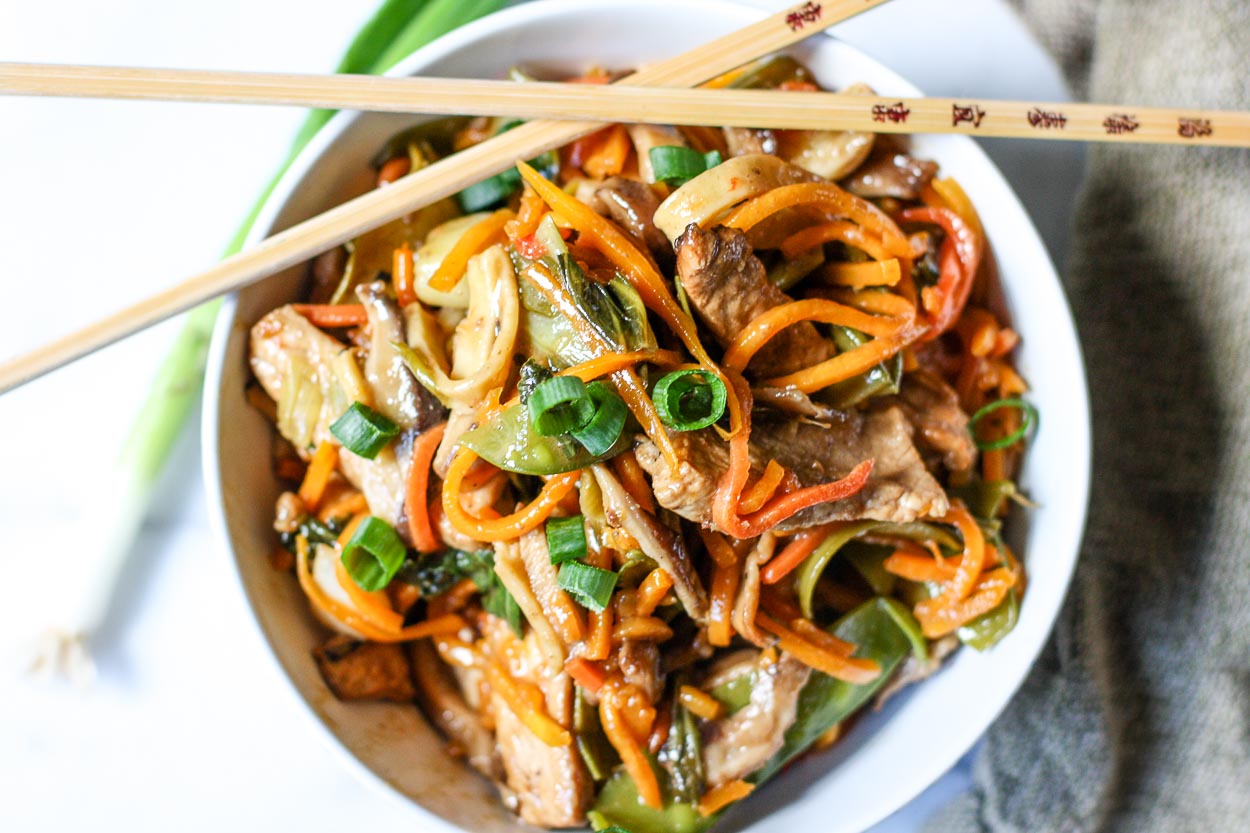
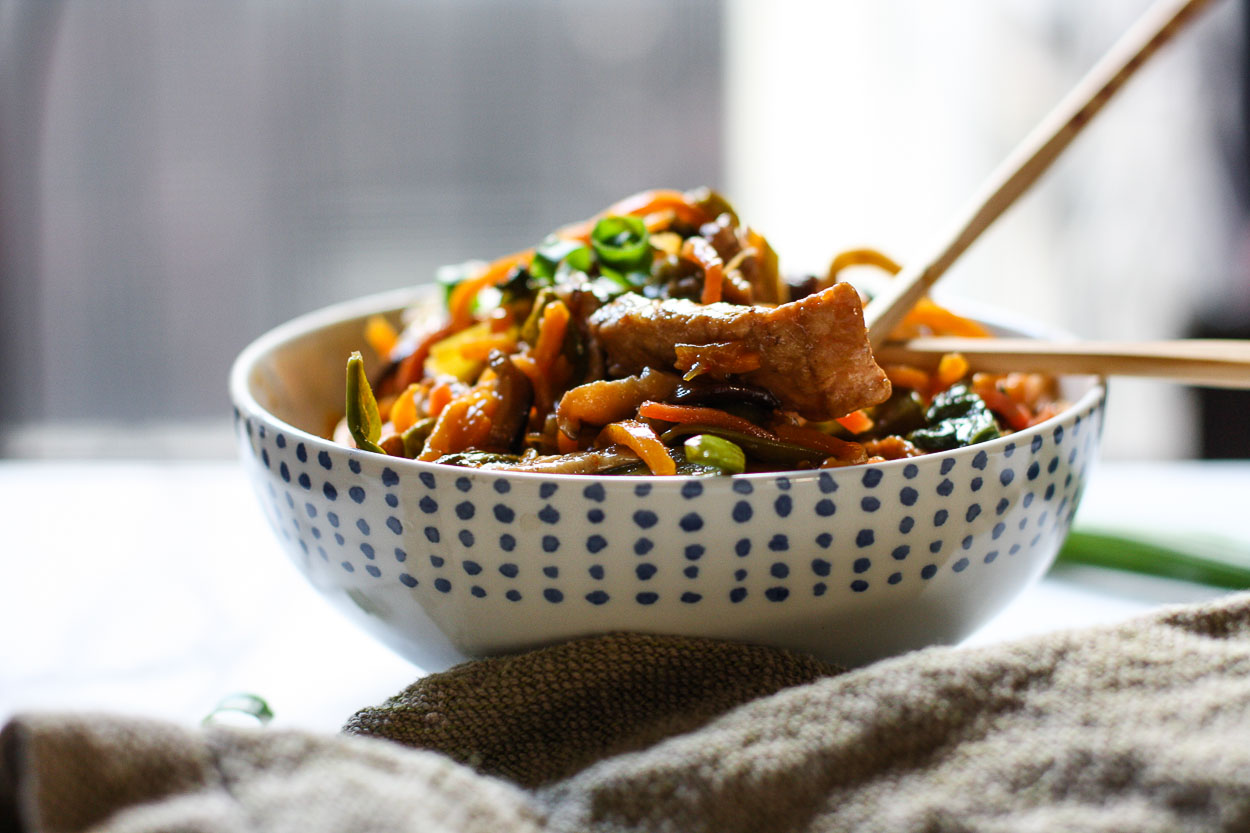
Here are some of the great healing ingredients in this vegetable noodle lo mein:
Butternut squash is more than just a delicious vegetable; it’s really good for you. It’s a good fever reducer, it can lessen stomach pain and it can be a comfort during pregnancy when the baby feels like she’s doing acrobatics. It’s also rich in carotenoids and Vitamin B6. This means it’s good for your heart and can help lower bad cholesterol. And, because butternut squash can help reduce inflammation in the body, it benefits almost everyone. I used some butternut squash noodles in this lo mein.
Pork strengthens the digestive system, helps with constipation, and can moisten a dry cough and other dryness in the body. It’s also good to strengthen your qi and give you energy.
I love mushrooms. In Chinese medicine, mushrooms ARE medicine. They are herbs. They are one of the most healing foods around. In China, mushrooms have been used for many years as part of a natural cancer treatment. They are one of the best immune-boosting foods around. I used shiitakes in this recipe. Shiitake mushrooms are probably the variety of mushroom that I use most. I love the way they taste and they help lower blood pressure and cholesterol. These shrooms also promote healing and have been found to fight tumors. In Asia, shiitake mushrooms are often fed to a patient who has just had surgery to help the healing process.
Garlic is amazing in its antiviral and antibacterial capabilities. Garlic is actually a Chinese herb (Da Suan). It’s used to kill toxins and parasites and also to reduce swelling in the body. It’s what I call a great “A” herb: anesthetic, antibacterial, anti fungal, antioxidant, antiviral, etc….
Scallions, as I tell you often, are one of my favorites. In Chinese medicine, the root of the scallion is a healing herb (Cong Bai). I always keep scallions on hand in my refrigerator so that I can whip up a batch of cold and flu fighting tea (scallion roots and ginger) the second anyone feels that scratchy throat coming on. It helps the body sweat out toxins. Scallions are antiviral and antibacterial; they are good for the common cold and general nasal congestion — just don’t eat too many if you have a fever.
Ginger is also a Chinese herb (Sheng Jiang). It’s especially good during cold weather and also during seasonal changes. So, when winter is trying to turn into spring, and we (those of us on the east coast) get some of those cold, raw, damp days, ginger will make you feel better and will help boost your immune system. Ginger is also great for some digestive issues. Old folklore shows that ginger was rubbed on scalps to stop baldness. And, in some circles, a ginger paste is still rubbed on arthritic joints to stop pain (don’t try this at home unless you are diagnosed with a cold-condition by an acupuncturist).
In Eastern medicine, bok choy is used to quench thirst, aid digestion, prevent constipation and treat diabetes. It is rich in vitamin C, beta-carotene, folate and fiber. And there are only 20 calories in one cup of Bok Choy. So, it’s good for you, it’s easy to prepare, and it tastes good.
In Chinese medicine, lamb is known to be the most warming meat. We recommend it for a lot of ailments caused by cold conditions. It’s great for some arthritic conditions, weakness, and back pain. Lamb also helps with insufficient lactation and impotence. I happened to have some leftover cooked lamb (from a doggie-bag in my fridge), so I cut it up and added it here. Feel free to add whatever you have in your fridge!
Coconut Aminos is used as a substitute for soy sauce. This simple ingredient is vegan, gluten-free, and it’s good for your heart, aids in weight loss, and helps strengthen your immune system.
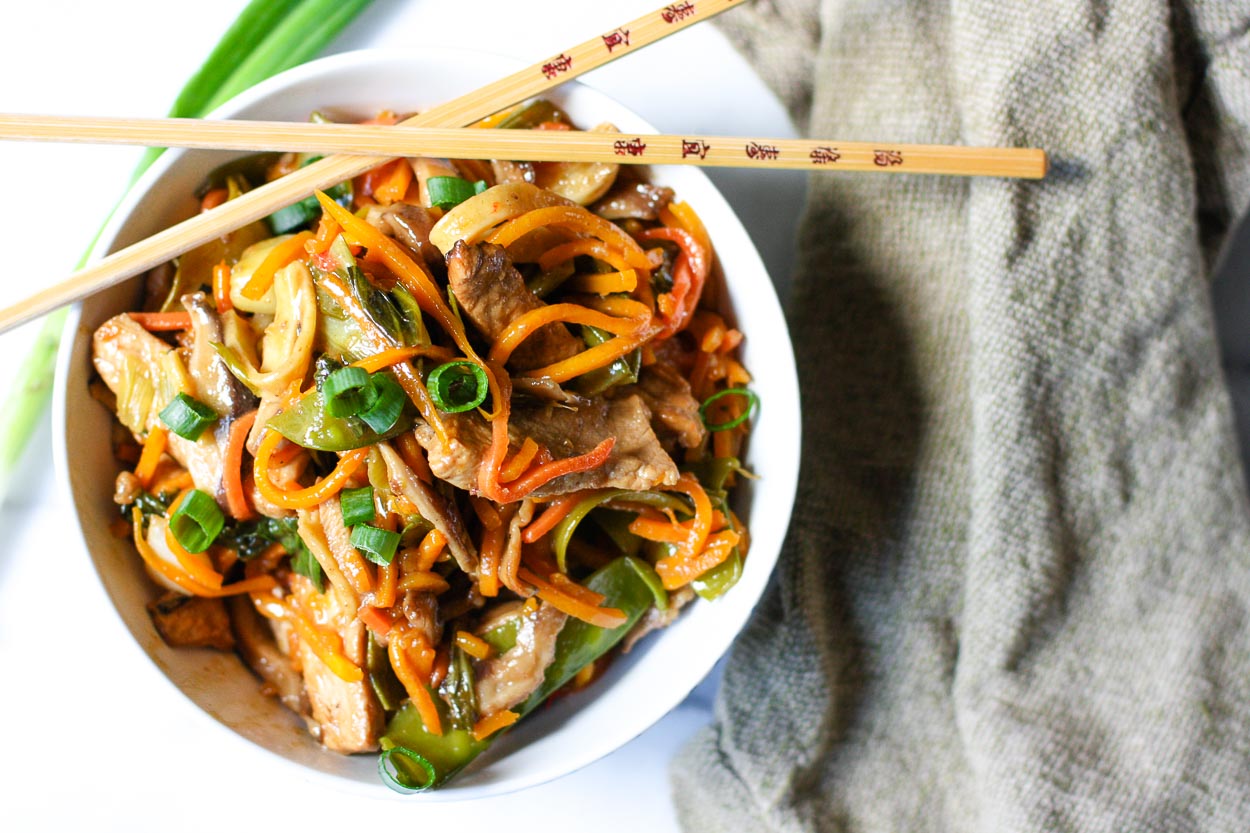
| Vegetable Noodle Lo Mein | Print |
- For Pork:
- 2 boneless pork chops, sliced thin
- 1 Tbs toasted sesame oil
- 2 Tbs raw apple cider vinegar (I buy this one)
- 1 Tbs coconut aminos
- 6 oz butternut squash noodles
- 2 Tbs extra-virgin olive oil
- sea salt
- ½ lb cooked lamb steak, sliced thin (optional -- you can use whatever leftovers are floating around in your fridge)
- 3.5 oz shiitake mushroom caps, sliced
- 1 red bell pepper, sliced
- 2 heads baby bok choy, sliced
- 6 garlic cloves, smashed
- 1 Tbs grated fresh ginger
- 6 scallions, sliced
- a big fistful of spiralized carrots (or any other vegetable noodle you like)
- 4 oz pea pods
- ½ lb fettuccine (I used a grain-free almond fettuccine), cooked al dente
- For Sauce:
- ⅔ cup coconut aminos (you can buy this one)
- ¼ cup toasted sesame oil (here's one)
- 2 tsp tapioca flour (I like this kind)
- Preheat the oven to 400°F.
- Combine the sesame oil, vinegar, and aminos in a small dish. Add the pork and set aside to marinate.
- Line a baking sheet with parchment paper and spread the squash noodles out on it.
- Drizzle these noodles with 1-Tbs olive oil and sprinkle with a little sea salt.
- Place the tray in the oven and bake for about 15 minutes or until they are just a bit softened, but not mushy.
- Meanwhile, heat a large skillet over high heat and add 1-Tbs olive oil.
- Remove the pork from the marinade and it it to the pan and stir until browned on all sides -- this will be fast.
- With a slotted spoon, remove the pork to a plate.
- Make the sauce by whisking all sauce ingredients together in a small bowl.
- To the pan, add the mushrooms, bell pepper, bok choy, garlic, ginger, carrots, scallions, and pea pods. Stir continuously until the veggies are softened a bit, but not overcooked. Stir in the sauce and continue stirring until it's hot and a bit thickened.
- Stir in the butternut squash noodles, lamb (or any other cooked leftover meat you are using), and the cooked and drained fettuccine into the veggies. Stir over low heat just until everything is warm.
- Enjoy!

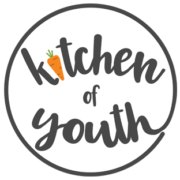
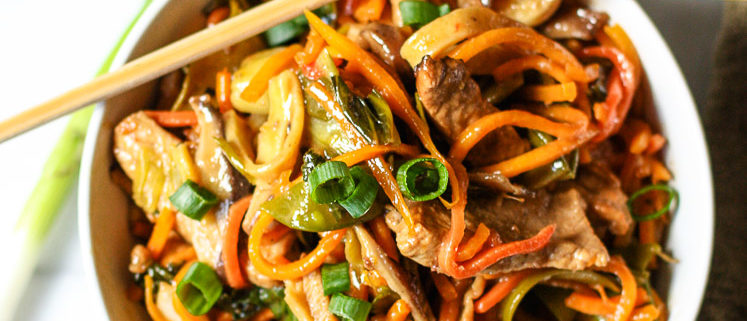
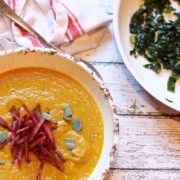
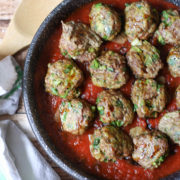

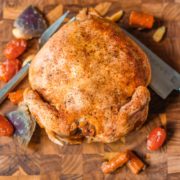
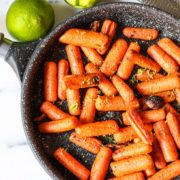
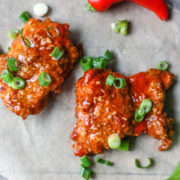
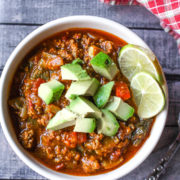
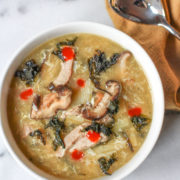
Leave a Reply
Want to join the discussion?Feel free to contribute!